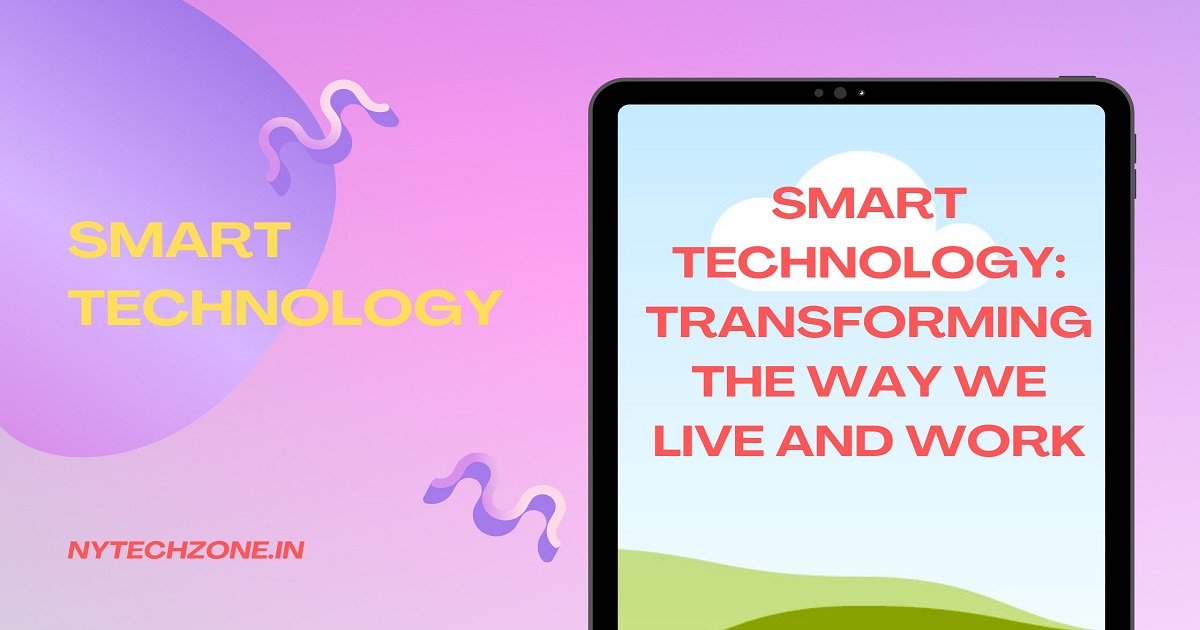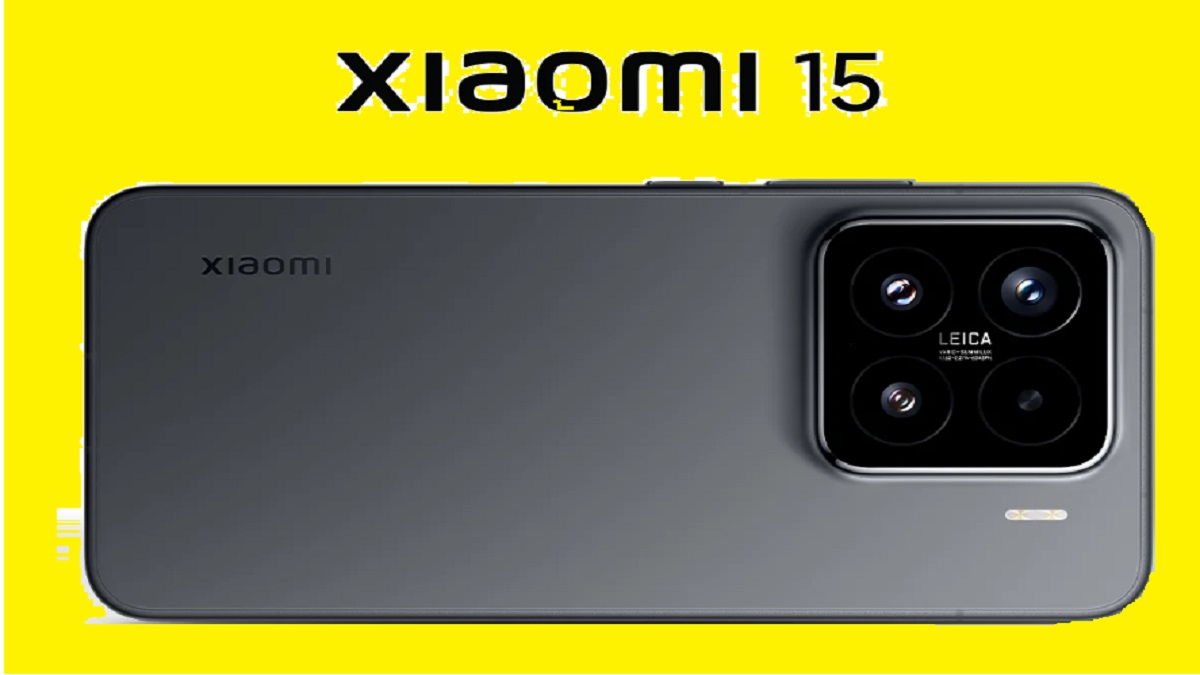
Smart technology
Smart technology has become a driving force behind modern innovation, shaping industries and enhancing everyday life. This blend of artificial intelligence (AI), machine learning, and the Internet of Things (IoT) allows devices and systems to think, learn, and adapt. Its applications span from simple conveniences in our homes to revolutionary advances in healthcare, education, and urban planning.
In this article, we’ll explore the profound impact of smart technology, its applications, and the benefits it offers while addressing the challenges and exciting possibilities for the future.
Understanding Smart Technology
Smart technology refers to tools, systems, and devices that leverage interconnected networks, data analysis, and automation to operate efficiently with minimal human intervention. These technologies respond to user preferences, learn from data, and create seamless environments.
For instance, a brilliant indoor regulator learns your timetable and changes the temperature likewise, while computer based intelligence controlled medical care devices can investigate patient information for speedier, more precise judgments.
Key Features of Smart Technology:
- Interconnectivity: Devices work together using IoT to share and process data.
- Automation: Systems independently perform tasks to save time and effort.
- Personalization: Technology adapts to user habits and preferences for a customized experience.
Applications of Smart Technology in Daily Life
1. Smart Homes: Redefining Convenience
Smart homes have brought the concept of automation into our living spaces. With smart assistants like Amazon Alexa and Google Assistant, homeowners can control lights, appliances, and even security systems using voice commands or mobile apps.
Popular Smart Home Devices:
- Smart Lights and Thermostats: Save energy by adjusting settings automatically.
- Security Systems: Cameras with facial recognition and motion sensors keep your home secure.
- Smart Appliances: From refrigerators that track grocery lists to ovens that follow recipes, these devices simplify household tasks.
2. Smart Cities: Improving Urban Living
Smart technology is helping cities become more efficient, sustainable, and livable. By integrating IoT, governments can manage resources and infrastructure intelligently.
Examples:
- Traffic Sensors: Decrease blockage and further develop street wellbeing.
- Smart Waste Management: Sensors in trash bins notify authorities when they need to be emptied.
- Smart Grids: Improve energy distribution and reduce outages.
3. Healthcare: Enhancing Patient Care
The healthcare sector is seeing groundbreaking changes thanks to smart technology. Wearable devices, telemedicine platforms, and AI diagnostic tools are creating a more patient-focused approach to medicine.
Applications:
- Wearables: Devices like Fitbit and Apple Watch monitor vital signs and detect irregularities.
- AI in Diagnostics: Tools analyze data to detect diseases earlier and recommend treatments.
- Telehealth Services: Allow patients to consult doctors from the comfort of their homes.
4. Smart Workplaces: Boosting Productivity
Workplaces are transforming with smart systems that promote collaboration, efficiency, and flexibility.
Examples:
- AI Assistants: Manage schedules, set reminders, and analyze business data.
- Smart Meeting Rooms: Enable virtual meetings and real-time data sharing.
- Automation: Speeds up repetitive tasks, freeing employees for creative work.
Advantages of Smart Technology
1. Increased Convenience
Smart devices simplify everyday tasks, whether it’s scheduling your morning coffee or remotely monitoring your home.
2. Energy Efficiency
Smart energy systems help users track and reduce electricity consumption, lowering utility bills and carbon footprints.
3. Enhanced Security
Advanced technologies like biometric authentication and AI-powered surveillance offer better protection for homes and businesses.
4. Cost Savings
Though the initial investment might seem high, smart systems save money in the long run by reducing waste and optimizing operations.
5. Environmental Benefits
By minimizing energy usage and waste, smart solutions contribute to global sustainability goals.
Challenges in Smart Technology Adoption
Despite its potential, smart technology faces several obstacles:
1. Privacy Concerns
As devices collect and store personal data, the risk of breaches and misuse is a pressing concern.
2. Cost Barriers
The upfront cost of purchasing and installing smart systems can deter widespread adoption, especially in developing areas.
3. Interoperability Issues
Not all devices are compatible with each other, leading to fragmented ecosystems.
4. Digital Divide
Limited access to high-speed internet and advanced technology excludes certain regions and communities from benefiting.
Emerging Trends in Smart Technology
1. AI Advancements
AI is becoming more intuitive and capable, enhancing systems across industries. From smart cars to personal virtual assistants, AI is redefining user experiences.
2. 5G Connectivity
The deployment of 5G networks is unlocking faster, more reliable communication between IoT devices, paving the way for smarter ecosystems.
3. Green Innovations
There is a growing focus on energy-efficient and eco-friendly technologies to combat climate change.
4. Wearable Technology
Wearables are expanding from fitness tracking to healthcare monitoring, safety in workplaces, and immersive augmented reality experiences.
The Future of Smart Technology
The evolution of smart technology promises a future filled with limitless possibilities. Autonomous vehicles, advanced robotics, and hyper-personalized AI solutions are just the beginning. Emerging trends like quantum computing could amplify the capabilities of smart systems, making them more powerful and versatile.
As the technology matures, we can expect:
- Fully Connected Ecosystems: Where homes, cities, and industries work together seamlessly.
- Greater Accessibility: Affordable solutions will make smart systems available to a broader audience.
- Ethical AI Development: Ensuring smarter technology respects privacy and fairness.
Step by step instructions to Begin with Shrewd Innovation
Adopting smart technology doesn’t have to be complicated. Here’s how you can start:
1. Begin Small
Start with simple, affordable devices like smart plugs or light bulbs.
2. Choose Compatible Systems
Invest in devices that integrate easily with your preferred platform, such as Alexa, Google Home, or Apple HomeKit.
3. Focus on Security
Use strong passwords, enable encryption, and regularly update device software to protect your data.
4. Explore Automation Options
Experiment with features like scheduled lighting or temperature control to simplify routines.
Conclusion
Smart technology is reshaping how we live, work, and interact with the world around us. Its applications in homes, cities, healthcare, and industries offer incredible opportunities for efficiency and innovation. While challenges like privacy concerns and cost barriers remain, the benefits of embracing smart solutions are undeniable.
The future of smart technology holds even more promise, with advancements that will further enrich our lives and improve the planet’s sustainability. Now is the time to explore and adopt these transformative innovations, ensuring you stay ahead in this fast-evolving digital era.
Have you integrated smart technology into your life? Share your experience and insights in the comments below!







